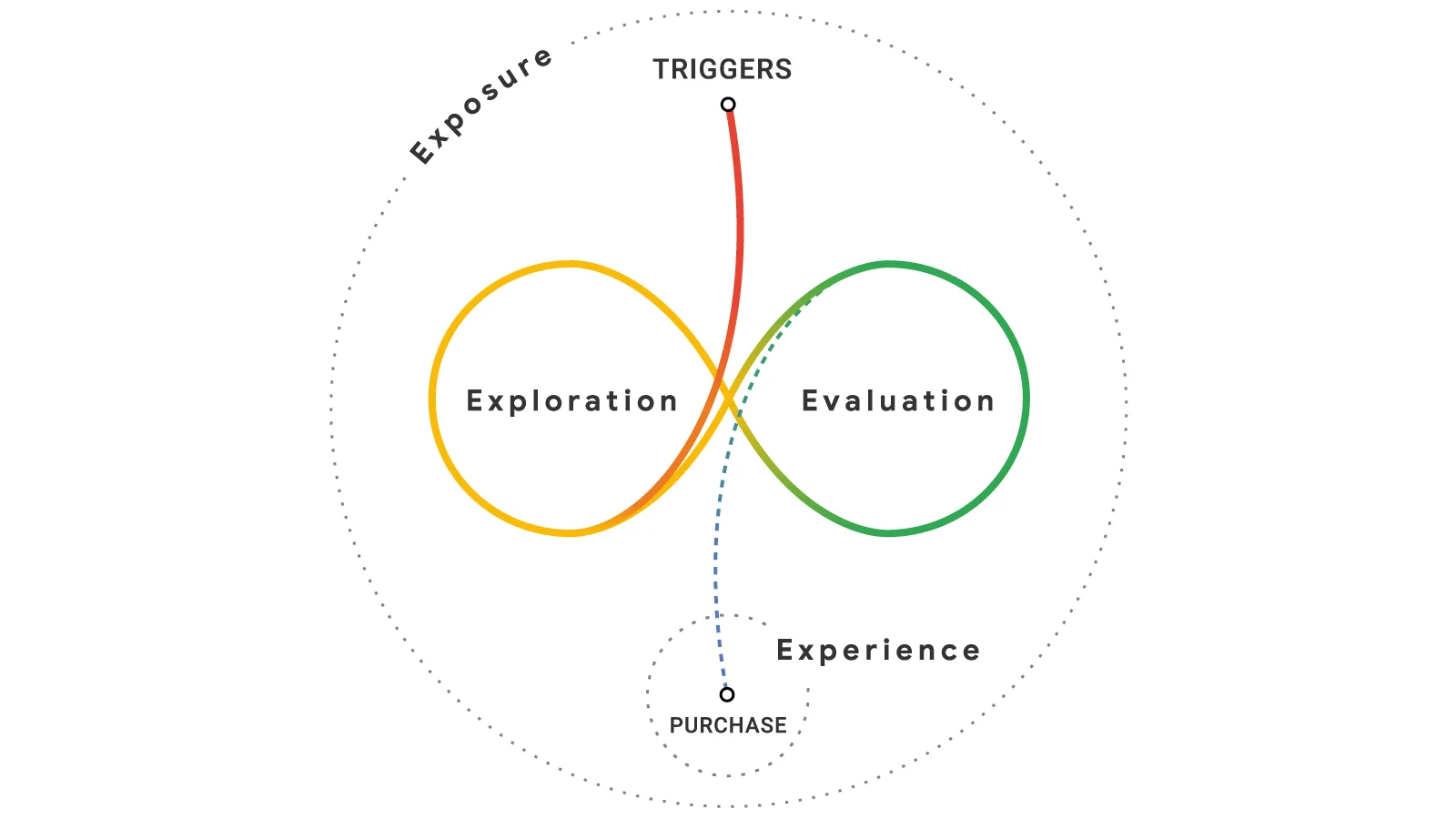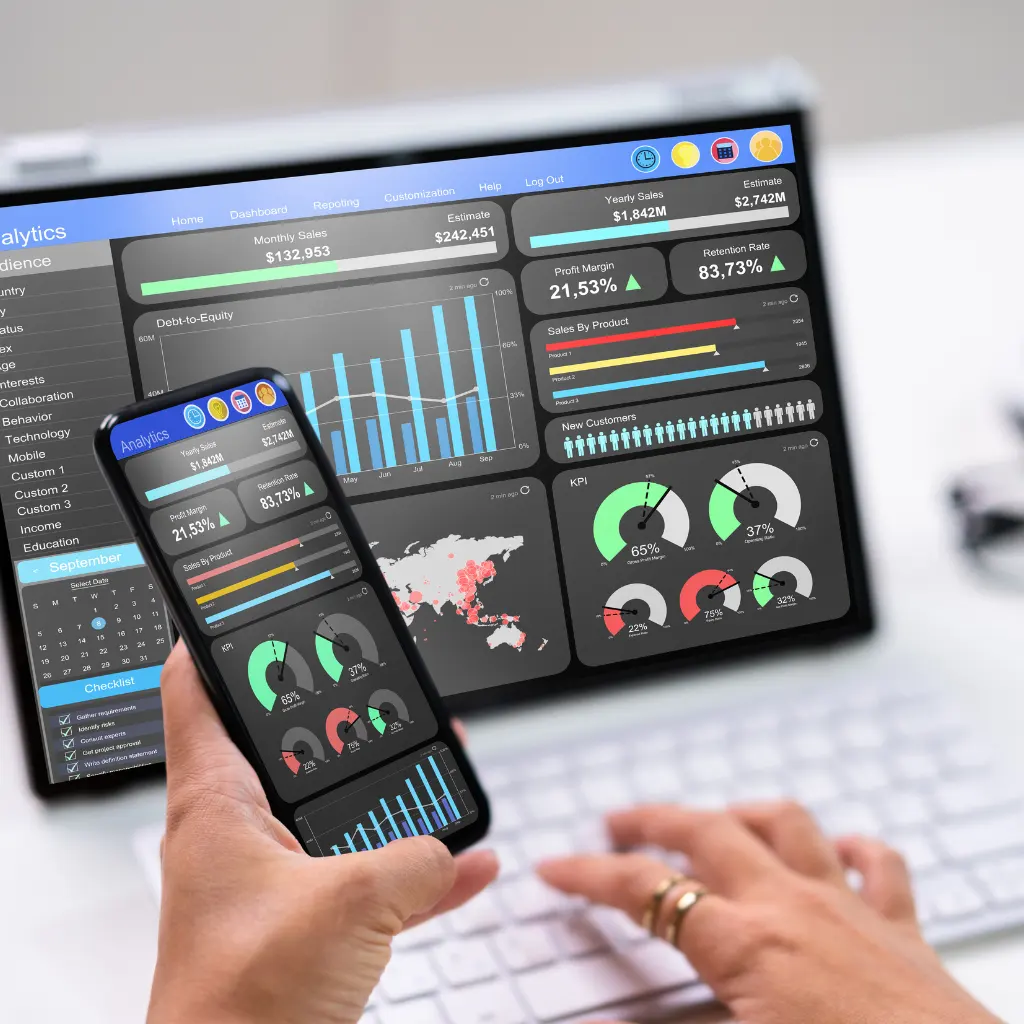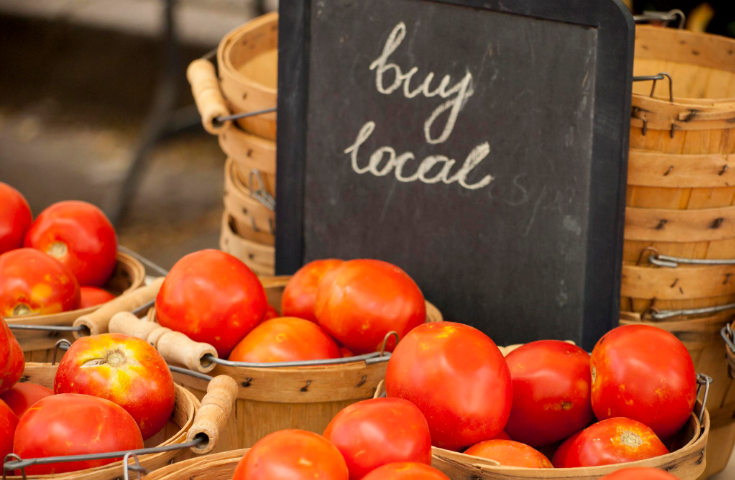The Importance of a Solid Keyword Strategy
From count words to customers behaviour: communicate with your customers the way they think about your products and their needs. Your business will benefit.

Keyword planning and strategy go a long way.
Several tools will help you along the way to collect “all the keywords and combinations” you may imagine and probably even more.
The reality is that was the old-school thinking method used for years by SEOs.
But there was an evolution, and people realized that trying to do it all wasn’t good and almost impossible, and then they started to create buckets of keywords. That method focused the efforts on the keywords with the largest volume of search and low competition.
That was an improvement of some sort but not really an improvement for everyone who needs to find your business.
I’d been doing something completely different for years, which led me to get better results in a short period of time.
The Secret Souce for Keyword Research
Rather than aiming for humungous collections of keywords, aim to discover keywords and phrases that will help your ideal customer find you and discover you before everybody else. Answer the questions they ask you when you meet in person. Chances are more people have the same question in mind.
The professional way
Focus on the user’s journey, classify keywords based on the user’s journey phase and prioritise the keywords based on the desired outcome.
The user’s journey usually begins with a discovery phase, a comparison phase (validation), a decision phase and an action phase.

Let’s say that you are selling coffee products and want to ensure buyers find your coffee machine.
Trigger:
Now let’s add one customer that enters the coffee marketplace and is bored with drinking mediocre coffee and wants to reproduce the barista experience at home.
Persona:
This is your ideal customer a person who wants to buy a coffee machine to make coffee at home.
Exposure:
Her journey starts by looking for “coffee machines” on Google or Bing or her preferred ChatBox, (ChatGPT, Claude, Grok, etc.)
Exploration and Evaluation:
She iterates between chatting with a chatbot or Search Engine, viewing models colours, prices and reviews.
Once she narrows the machines, that would be nice to have.
Next is the comparison and validation: which one is very much influenced by customers reviews.
Experience:
Once she enters the "last mille" she is now trying to find a supplier based on delivery, price and trustworthiness.
Purchase:
Now she settles in the one store that feels good.
With the coffee machine model she decided to go for,
and the winner is the one store that has it all and is the most trustworthy in her eyes.
We all go through the "messy middle".






